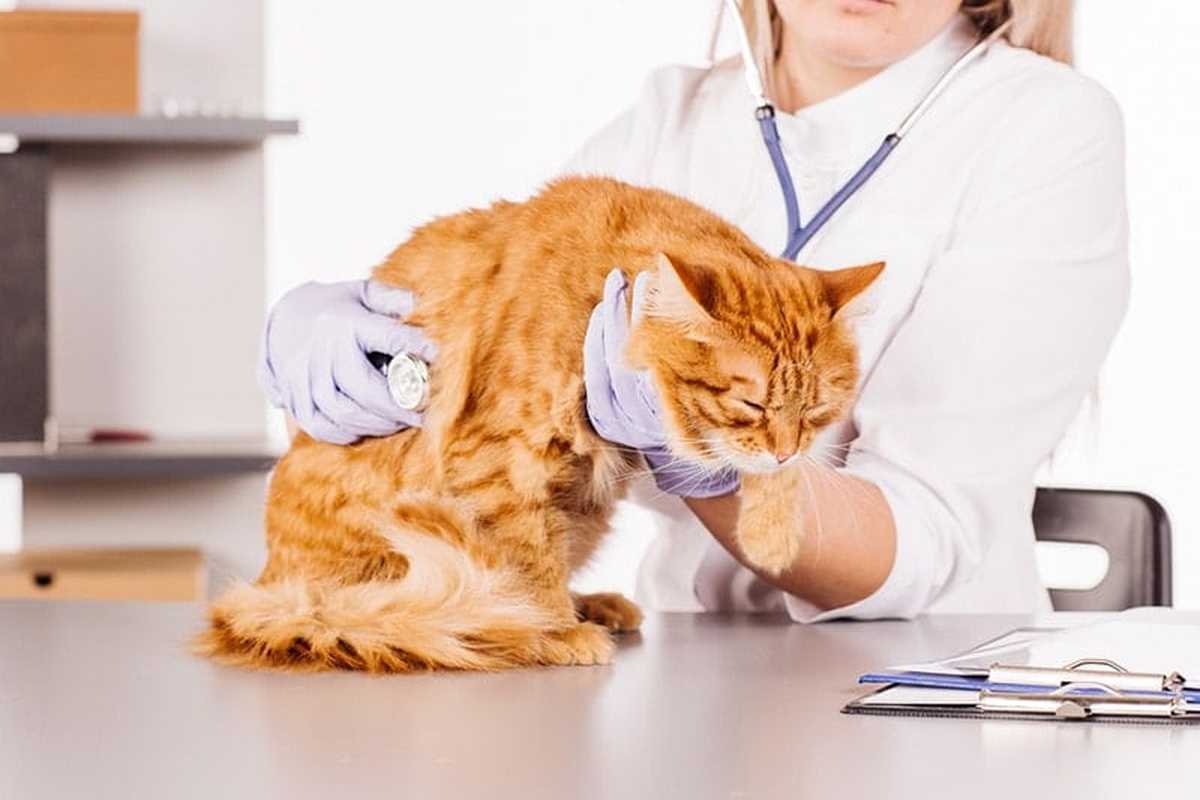Pets are not just animals; they are our family members and their health and safety is a top priority. Hence, knowing the signs of poisoning in your cat or dog can be crucial in getting them the help they need quickly.
To help you with that, here are 5 telltale signs you should watch out for to know if your furry friend is poisoned.
Vomiting or Diarrhea
One of the most common symptoms of poisoning in pets is gastrointestinal distress, which includes vomiting and diarrhea.
If you notice that your pet is vomiting repeatedly or has severe diarrhea, it could be a sign that they have ingested something toxic. This could range from household chemicals to toxic foods like chocolate or grapes.
Remember, while occasional vomiting or diarrhea can occur for various reasons, repeated or severe cases are a red flag and warrant immediate attention.
Lethargy or Weakness
If your usually energetic cat or dog suddenly seems unusually tired, weak, or unresponsive, it could be a sign of poisoning. Lethargy often accompanies various types of poisoning, as the toxins can affect their metabolic and neurological systems.
This sign can be especially noticeable in younger pets who are typically more active. If your pet is showing a marked decrease in energy or seems unusually weak, it’s time to consult your vet.
Seizures or Tremors
Another serious symptom of poisoning in pets is seizures or tremors. This can be particularly alarming to witness.
Seizures can be a sign that your pet has ingested something that is affecting their neurological system. Common culprits include rodenticides and certain types of insecticides.
If your pet starts having seizures or uncontrolled shaking, it’s a medical emergency, and you should seek veterinary care immediately.
Breathing Difficulties
Breathing difficulties can also indicate that your pet has been poisoned. If you notice that your cat or dog is panting excessively, struggling to breathe, or making unusual noises when breathing, it could be a sign that they have inhaled or ingested a toxic substance.
Some household plants, for example, are toxic to pets and can cause respiratory distress if eaten. Breathing difficulties are always serious, so don’t hesitate to get your pet medical attention.
Changes in Gum Color
Lastly, a change in the color of your pet’s gums can be a subtle yet important sign of poisoning. Healthy gums should be pink; if they are pale, blue, purple, or bright red, it could indicate a serious problem, including poisoning.
This change in gum color can indicate internal issues such as a lack of oxygen or internal bleeding, both of which can be consequences of ingesting toxic substances.
What to Do If You Suspect Poisoning
If you suspect your pet has been poisoned, it’s crucial to act fast. Here are some steps to follow:
- Remove your pet from the area where you suspect they might have encountered the toxin.
- Do not induce vomiting unless specifically instructed by a veterinarian.
- Check for any remaining pieces of the substance your pet may have ingested and take it with you to the vet, if possible.
- Contact your veterinarian or an emergency pet clinic immediately. Time is of the essence in poisoning cases.
- Keep calm and comfort your pet as much as possible while you seek help.
Conclusion
Being aware of these signs and acting quickly can make a significant difference in the outcome for your pet. Always keep the number of your local vet and a 24-hour emergency pet clinic handy.
Prevention is better than cure, so ensure your home is pet-proofed against common toxins and keep hazardous substances out of reach of your curious furry friends.
Your awareness and quick action can save your pet’s life in case of poisoning.

